Broadband Requirements for Remote Play Games via Google Stadia
Internet giant Google has today unveiled a new product called Google Stadia, which from later in 2019 will begin offering the ability to remote play video games using cloud-based streaming technology at up to 4K resolution in the USA, UK, Canada and much of Europe. But what sort of broadband ISP speeds will you need?
The idea of a cloud based video gaming service is of course nothing new and in fact it was first tried in 2011/12 via OnLive (here), which never really took off. We should point out that modern video game consoles also offer various remote play and related video streaming features, although these tend to be tied to use on specific platforms.
Sadly the original OnLive never really took off and that’s partly because at that time few people had access to broadband connections that could deliver a reliable high-quality video stream (i.e. comparable to playing locally installed games that is). On top of that many ISPs weren’t well equipped to cater for the high levels of data consumption that such a service would demand.
However today’s market is very different because around 96% of premises in the United Kingdom should now be able to order a “superfast broadband” (24Mbps+) capable connection and over half are within reach of “ultrafast” (100Mbps+) speeds, with Gigabit services set to be available nationwide by 2033 (aspiration). Not to mention that 4G based mobile broadband performance is often able to run at superfast or better speeds, albeit much more variable than a fixed line service.
According to Google, the new Google Stadia service should be able to deliver HD (1080p) quality streams at 60fps (frames per second) on a stable 25Mbps capable connection and 4K quality will start at around 30Mbps (HDR and surround sound should be supported but we suspect 50Mbps may be a good connection here).
The service will scale to lower resolutions and fps too, which will have reduced connection speed demands, although on modern TV screens that might look a bit rough and they’re aiming for 25Mbps to be considered as a recommended minimum.
However there are plans for 8K quality streaming in the future, which will obviously increase the connection demands significantly and probably give your ISP a headache with capacity. But that’s assuming any of this is actually appealing to consumers, who will have to pay a monthly fee in order to gain access (estimates suggest it could cost somewhere around £10 to £20 per month).
https://www.youtube.com/watch?v=AffodEEF4ho
When using Stadia, players will be able to access their games at all times, and on virtually any screen (computer, tablet, smartphone and TVs that can run Google Chrome or a related app). A dedicated gaming controller will also be provided in order to play the games, which will make a direct connection via your WiFi network (or USB via computer) to Google’s servers. This also comes equipped with a Google Assistant (AI) button and built-in microphone.
At this point it may be worth considering that connection speed may not be the only challenge for this sort of experience. Latency times will also be a huge consideration (server response times / pings), particularly if you’re connecting the controller over an older or generally weak WiFi connection or are streaming a multiplayer game.
Likewise ISPs will need to put serious thought toward having the optimum routing and peering arrangements on their network in order to deliver the best low-latency experience, which may in some cases increase their costs. Personally speaking, I still prefer to own the games I play and enjoy having full visual quality without any streaming involved, but others may take a different view, particularly given the high price of new AAA games today.
Unfortunately we can’t really judge the reality of all this until the service itself has gone live. Nevertheless some of those who have tried a demo at today’s launch did highlight issues with mixed image quality and the legibility of in-game text on some displays (we can imagine smaller screens may be an issue for games that were never designed with those in mind). There’s also the question of what games will be supported.
Mark is a professional technology writer, IT consultant and computer engineer from Dorset (England), he also founded ISPreview in 1999 and enjoys analysing the latest telecoms and broadband developments. Find me on X (Twitter), Mastodon, Facebook and Linkedin.
« Cityfibre Invest £75m to Rollout FTTH in Bournemouth and Northampton
Latest UK ISP News
- FTTP (5572)
- BT (3526)
- Politics (2549)
- Openreach (2308)
- Business (2279)
- Building Digital UK (2250)
- FTTC (2049)
- Mobile Broadband (1987)
- Statistics (1796)
- 4G (1676)
- Virgin Media (1634)
- Ofcom Regulation (1472)
- Fibre Optic (1405)
- Wireless Internet (1399)
- FTTH (1382)

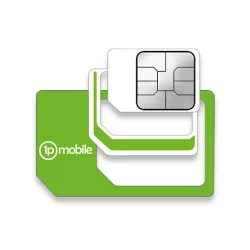
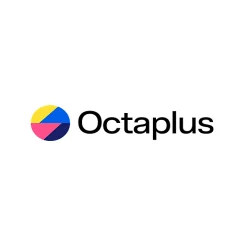


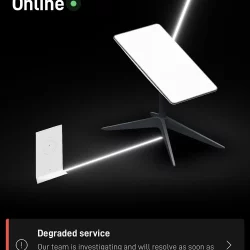





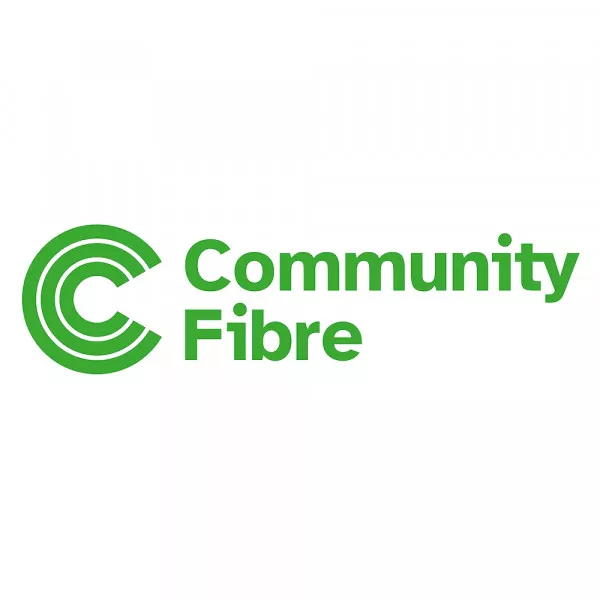
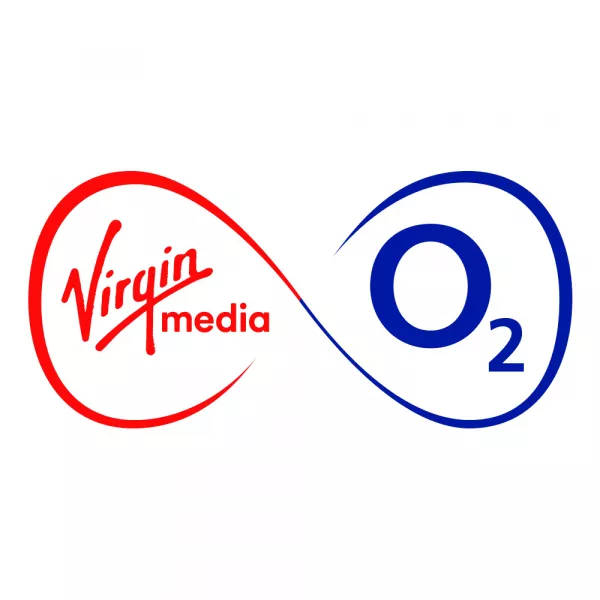





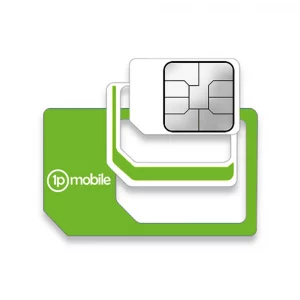



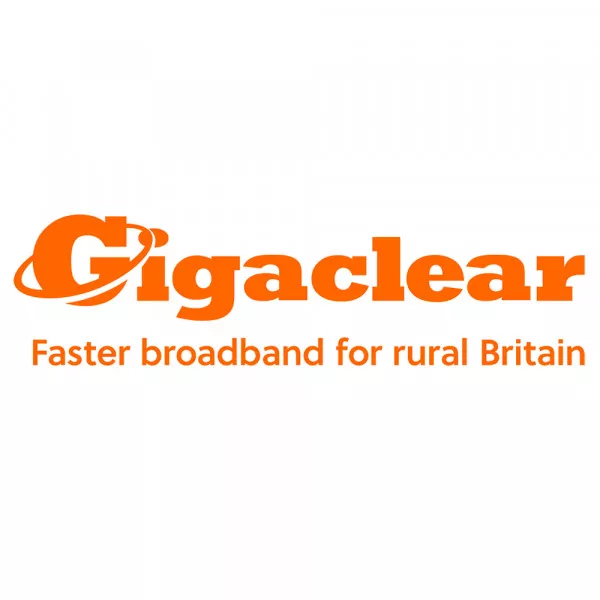

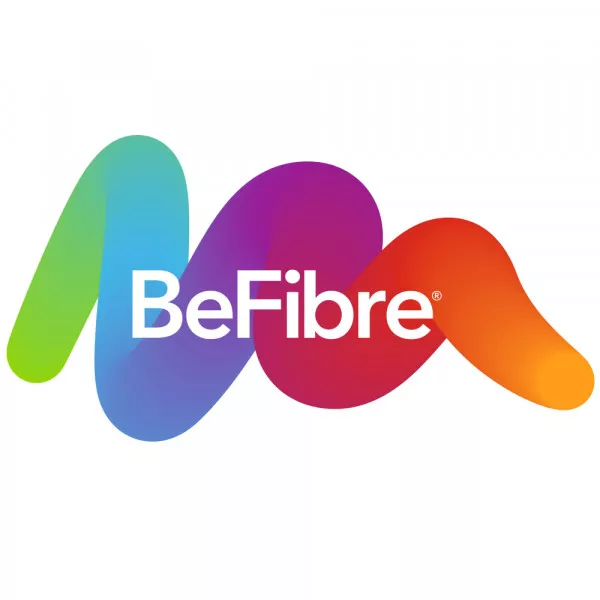




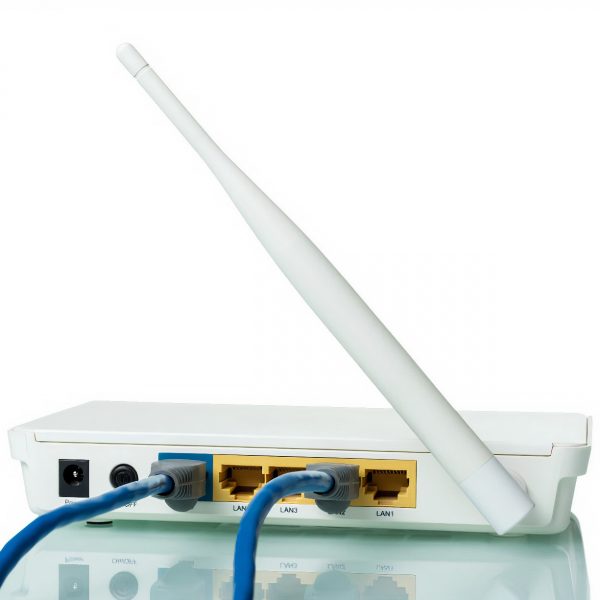
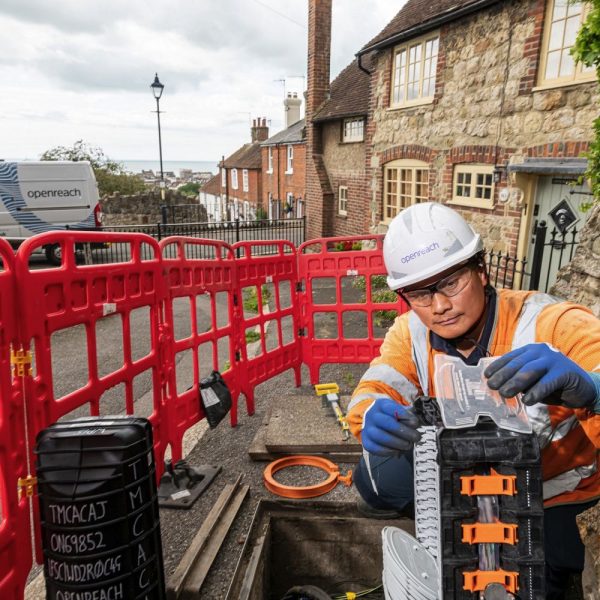

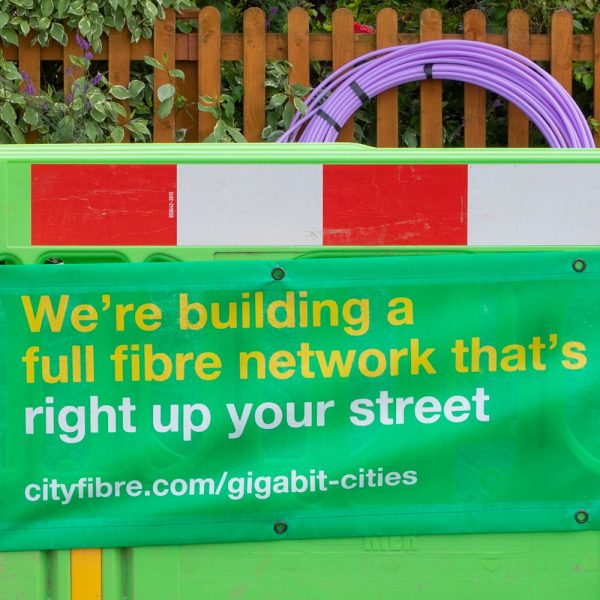
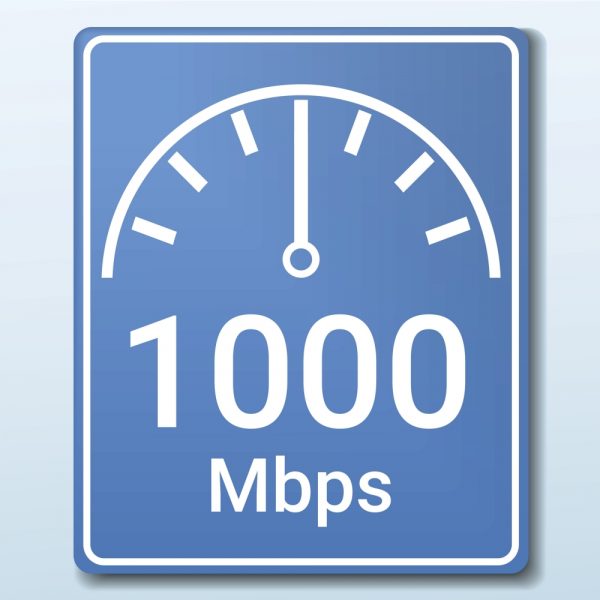
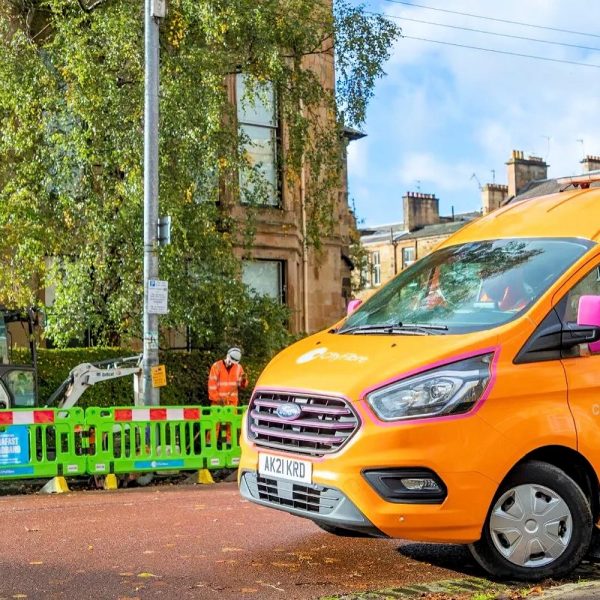



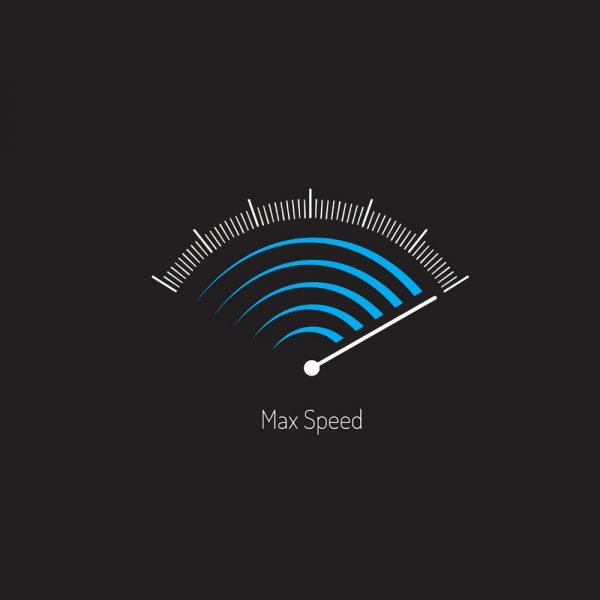






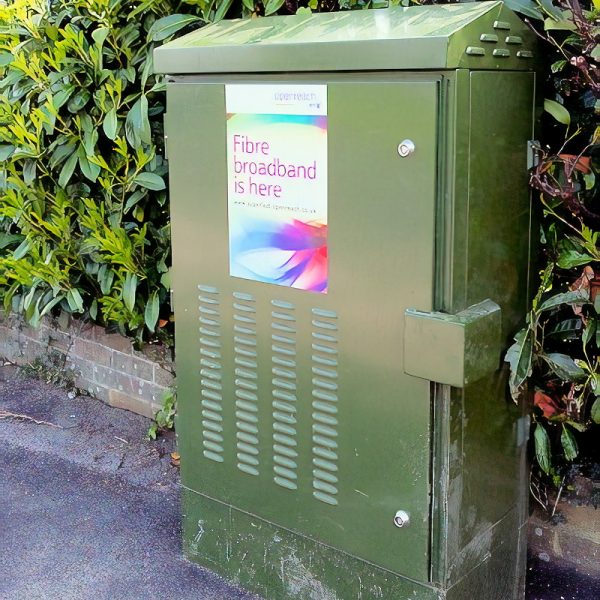

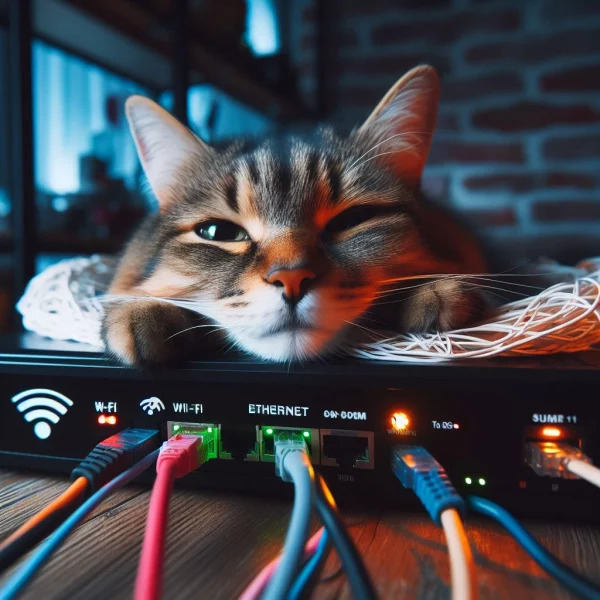





I tested a free trial of PS now last week on my 4g Three connection (70mbps down, 30 up, 40-60 average latency) And i must say that i was pleasantly surprised at how well it played. There were some hiccups, but will put that down to Sony’s servers (a lot of people have problems with ps now, even with gigabit broadband) Leads me to believe its a server issue on their side. I can only guess that google beat them in that arena. I’m hopeful this could do well. Will stick with physical media/downloaded media in the meantime though.
Do you think they will launch noughts-and-crosses or similar low bandwidth games for those of us on ADSL?
No.. because you can already do that in realtime online via Javascript in a web browser 🙂 . No need to stream it.
I know, I was just being facetious. I expect that Stadia (and other game steaming services) will be a driving factor for faster broadband whereever it is available – lots of people stick with ADSL or FTTC even where ultrafast broadband is available because they don’t need the extra speed. With Stadia I expect anyone with gamers in the family will need the best speeds available to them.
I know and I was playing into that 🙂 .
I know 😉
I was in the same boat last month. 4mbps was my max speed for fixed line. Then Three saved the day. Won the postcode lottery when it comes to 4g speeds and availability. Not so much for fixed line though. All in good time..
I prefer to play my games offline that way I know they can be kept forever. I do hope this isn’t the future for gaming in general. Then there privacy issues to deal with at the same time.
“around £10 to £20 per month” What do you mean?
1. We have to pay a monthly fee, and then get all games free?
2. We have to pay a monthly fee, and then you have to pay for games?
None of these options are going to happen, The “Netflix” pay monthly style would only work if they only added old games, you really think a game company is going to add a brand new game and lose millions in revenue?
And the other option, charge people to use the service and then charge people per game is not going to work either, people are not going to pay a monthly fee to play games they bought.
The best option would be to sell the games and then allow people to play them for free, which is 90% likely going to happen, they want to take over gaming, this is the only way.
No monthly fees, just buy and play. simple…
Did not mean to reply to that comment…
@Ash Hey it alright I make the same mistake.
Will have to stick to playing locally on console, never needed more than 4 days to update a game anyway.
‘USB to Google’s servers’ lol
I’m assuming people will naturally understand that USB has to plug into something internet connected, like a computer, first.
What sort of link im8 going to need for my kids. I have 3 boys who play games. Playing at the same time is going to kill my connection!
Not really good news I think. We’re trying to get as many people as possible onto ‘fast’ services and as usual just the same as web site designers did, they’re rushing to fill that bandwidth with as much traffic as they can manage streaming games and movies.